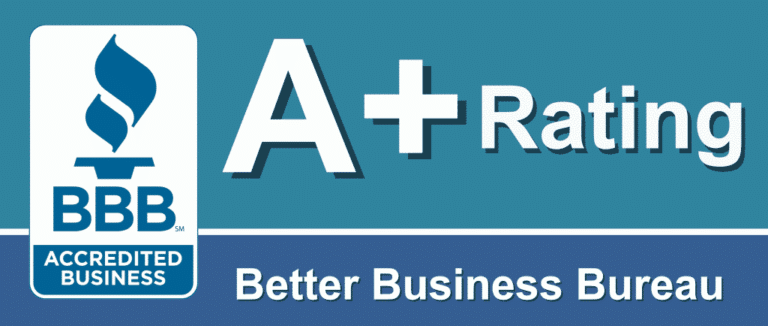Desperate, Josephine came to me with this problem. After taking her history, I knew just by looking at her what the solution was. Looking at her profile, Josephine had a retruded chin. Her lower jaw was far behind her upper jaw. This is often a recipe for disaster. With the lower jaw “forced backward” the cartilage that acts as a cushion between where the lower jaw meets the skull can become dislocated. This prevents being able to open widely, and the jaw can get stuck in an open or closed position. Also, the muscles that help to move the lower jaw never have a chance to relax, putting them into chronic spasm. This will often lead to pain in the head and face.
The joint at which the lower jaw meets the skull is right in front of the ear, frequently leading to noises in the ears or to various degrees of vertigo. The area is also rich in nerves and blood vessels, again, leading to different types of symptoms.
Upon examining Josephine, I found not only was her lower jaw being forced too far back (about 10 mm), but it was also off to one side by about 5mm. Five or ten millimeters may not seem like a lot, but in the mouth, it is equivalent to a wide river.
Testing a “new bite” for Josephine
This indicates a problem in the jaw joint (TMJ – temporomandibular joint).
EAV is a method of stress testing acupuncture points.
“Oh, this feels so much better!”
Impressions of her mouth were taken and an appliance was made to fit over her lower back teeth, thus allowing a more harmonious jaw relationship.
Who would think that a bad bite could cause so much trouble?
Note, Josephine’s jaw discrepancy was quite severe although, unfortunately, not uncommon. However, even much smaller discrepancies can cause severe problems.
– Do you get frequent neck aches or shoulder aches?
– Do you find yourself clenching your teeth during the day?
– Do you grind your teeth at night?
– Do you wake up with your teeth clenched?
– If you answered “yes” to any of the above, especially 2 or more, there is a good chance you may have TMD (temporomandibular dysfunction).
– Put the pad of one finger (use the index finger) in each ear and with the pad facing forward toward your nose, press your fingers forward – is it tender? If it is this can indicate inflammation in the temporomandibular joint.
If I have a TMD problem, how is it corrected?
Often TMJ problems can be alleviated by reshaping the surfaces of the teeth. By allowing the teeth to hit more evenly and without interferences the muscles are allowed to relax and symptoms quickly disappear.
If the symptoms are due to a structural problem then orthodontics is often the best method of treatment.
Unfortunately, many TMJ problems occur after having orthodontics, especially if permanent teeth are extracted. Retreatment with functional orthodontics is often necessary.
Sometimes a night guard will alleviate the symptoms or a repositioning appliance, as discussed in the article above, will be beneficial. However, these are usually more diagnostic and further treatment is necessary.


